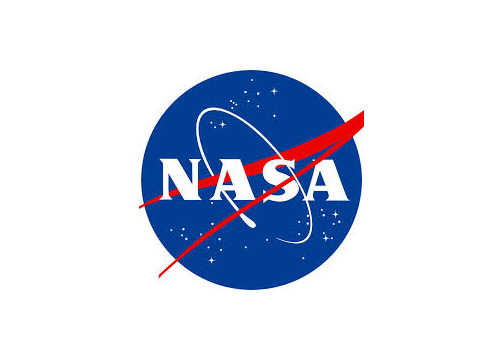San Diego State students pursuing a career in a space-related field will have new scholarship opportunities, equipment and mentors from NASA beginning Fall 2014.
NASA gave SDSU $5,000 to encourage space projects and to cover costs of professional mentors for the students. This followed a $20,000 donation from Galactic Unite.
Galactic Unite contribution will be divided into up to five scholarships for students in a space-related field of study. After the scholarships are awarded in $3,000 increments, the remaining money will go toward materials for those departments.
“For me and my peers, it helps us to get hands-on experience with actual rockets and manufacturing,” aerospace engineering junior Daniel Silva said. “The funding will go toward providing our supplies and helping to pay for trip costs because materials tend to be very expensive.”
Silva plans on applying for the Galactic Unite scholarship and hopes to have a career in high-speed aerodynamics in the future.
The companies reached out to SDSU after hearing about the success of some of the aerospace engineering department’s projects.
“We have student groups who compete in international and national competitions and have won prestigious awards which generated a lot of publicity,” Department Chair of Aerospace Engineering Nagy Nosseir said.
Examples of such included when SDSU’s Design Build and Fly came in second place in the 2013 American Institute of Aeronautics and Astronautics Competition.
Also, SDSU alumni from the Jet Propulsion Laboratory played a key role in the entry descent landing of the Mars Rover. SDSU alumni awarded the group the Monty Award for their role.
The SDSU Rocket Project has been successful over the past several years in launching rockets in the Mojave Desert. These test rockets have most recently reached heights of 10,000 feet.
“With our recent events that generated a lot of buzz, a gentleman from Galactic Unite heard about us and contacted the department,” lecturer and Rocket Project mentor Carl Tedesco said. “They were following the work from the San Diego State Rocket Project and were impressed with what the students had done with their rockets.”
While the scholarships were meant to help students pay for education-related expenses, the mentors would serve to provide students with practical experience before entering the workforce.
“That is another direct benefit – being able to interact with professional engineers and scientists networking so when they graduate they might already have connections for jobs,” Tedesco said.
Currently, the aerospace engineering program at SDSU gears students toward multiple different career paths. Whether it is research, manufacturing or structural design, the program offers multiple ways to use the degree.
“A good deal of students go into the Southern California aerospace industry and some particularly go into space transportation industries,” Tedesco said. “Others go straight into a rocket-related field.”
Scholarship recipients will be chosen within the next 60 to 100 days and the application requirements are to be determined. The application will most likely consist of an essay or a video giving the student a chance to talk about why space transportation excites them.







